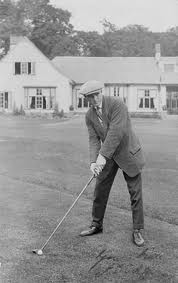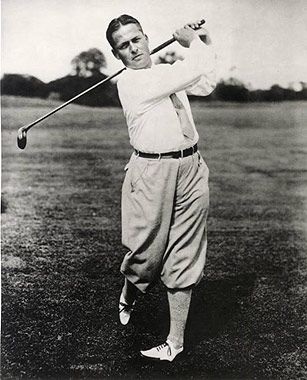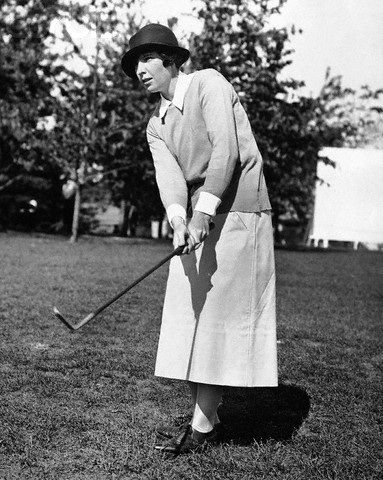Back in May 2013, I wrote about my visit to Old Greencastle Cemetery in Dayton, Ohio. The title of that post was “When a Cemetery Dies” because when I was there, that’s what it looked like. The place was slowly sliding into ruin with little evidence of anything changing.
Old Greencastle has a special place in my heart, as I noted then, because my great-great-grandparents are buried there. They were not wealthy people so it’s possible they never had a marker placed on their graves when they died (in 1912 and 1919).
But in addition to that, Old Greencastle haunted me even after I left it because it made me sad and a little bit angry. From what I could tell, it had suffered many years of neglect with sporadic attempts to fix it. My research indicated that responsibility for the cemetery had become a “not my problem” issue. The City of Dayton wasn’t interested and the landlord for the property seemed overwhelmed by the problem.
During my visit, however, I noticed that the one section of the cemetery that was well cared for was for the Civil War veterans. That section’s grass was neatly cut and flags were placed beside each grave. I even saw some out in the rest of the cemetery. So I knew someone was trying to keep up with maintaining the veterans’ graves. But much of the rest was a disaster.

The section for Union soldiers who fought in the Civil War was the only area that looked like it got regular care in 2012.
It didn’t help matters when I read later that there were problems at the New Greencastle Cemetery, just down the road, as well.
Imagine my surprise when the following comment was posted below that blog post last week:
Old Greencastle Cemetery is indeed in need of volunteers to help make it other than “abandoned.” That said, Dayton Sons of Union Veterans of the Civil War Maj. Gen. W.T. Sherman Camp #93 members have for three years been returning honor to CW vets there by placing veteran markers, donating a U.S. flag and lights for the flagpole, and cutting weeds and grass in the Grand Army of the Republic Post 79 section and elsewhere. They have located and registered the graves of more than 150 CW veterans in the cemetery.They’ve marked many CW vet graves that have no tombstones. They are cleaning existing military grave markers.
The SUVCW is being helped by Montgomery Co. Department of Veterans Services and others working to ensure veterans and other people buried at Old Greencastle are not forgotten. Community volunteers including several grounds maintenance professionals, workers provided by the Montgomery County Sheriff’s Department, and New Greencastle Cemetery staff donated about 400 work hours during 2013 helping restore the grounds. Volunteer clean-up and maintenance efforts will continue in the future. Come for another visit.
Well, I was floored, to put it mildly. So I hit the Internet to see what was happening. As it turns out, quite a bit.

Workers dive into the jungle of weeds and other brush at Old Greenwood Cemetery. Photo courtesy of WHIO
A news article about the cleanup in October 2013 indicated that during the work, they had to call the sheriff. They’d discovered a shallow grave with exposed bones. The medical examiner was called out to investigate. I don’t know if that ever got resolved. It just further emphasized the need for a change.
At the same time, I was thrilled to learn how many people were stepping up to the plate alongside the General William T. Sherman Camp #93 of the Sons of Union Veterans of the Civil War (SUVCW). Workers from local landscaping company Bladecutters were volunteering their own time to help clean up Old Greencastle. That’s something a lot of people wouldn’t do.
I haven’t been back to Old Greencastle yet, but after hearing this good news, I’m eager to see it. The only evidence I have of these efforts is a picture posted by WDTN, but even that was exciting.
So what finally clicked to enable this group to come together? What set the wheels in motion? Did my blog post have anything to do with it? I don’t know and it doesn’t matter as long as this hard work continues. From the assurances I’ve received from the folks at the SUVCW, the odds are good that Old Greencastle is going to get the continued care and maintenance it needs and deserves. I would hate to see it go back to its old state.
Because when even one cemetery is saved, history is preserved. That may not mean a lot to some but for those seeking the secrets of their past, it means a great deal.
Count me as one of them.














